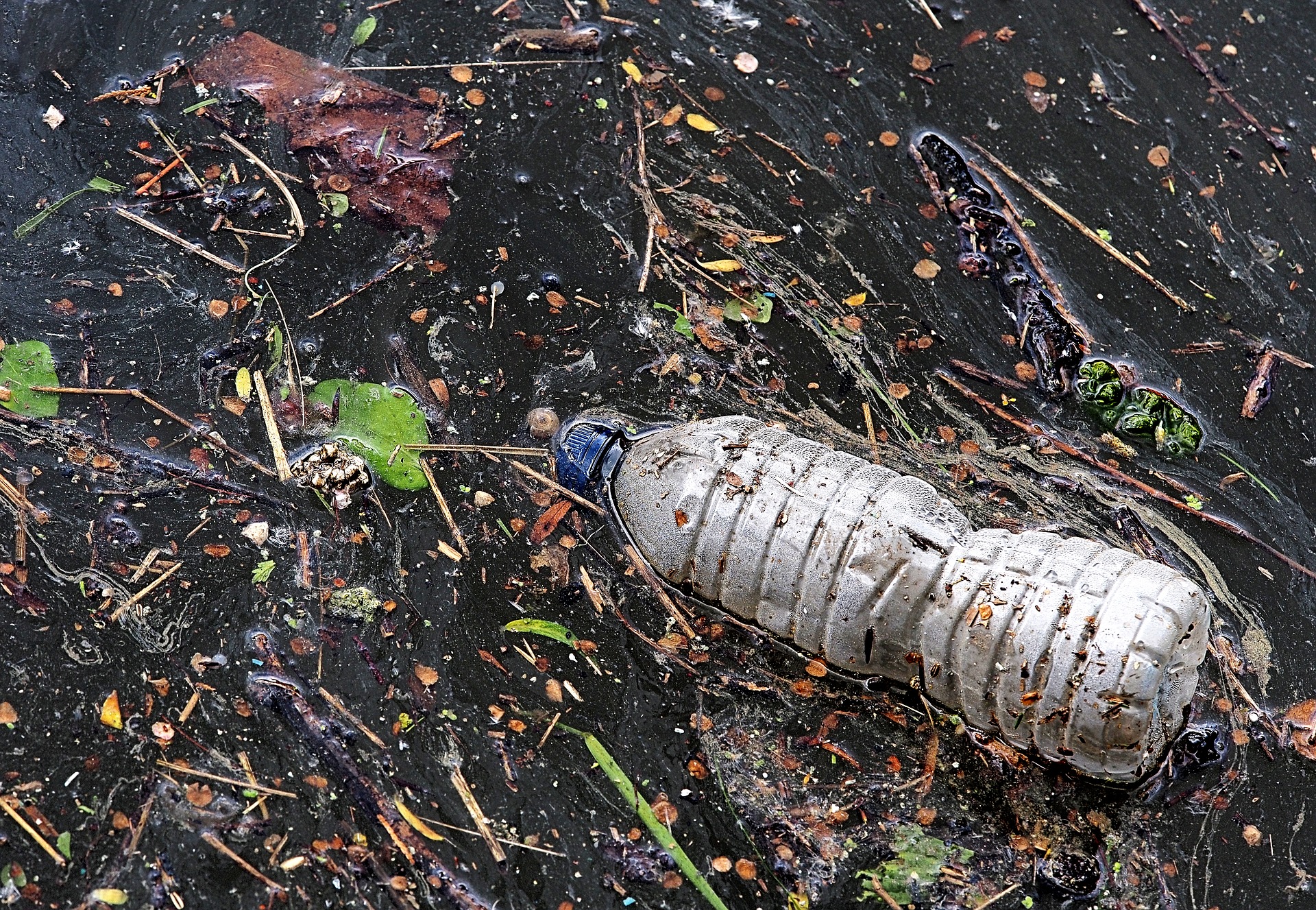For example, Versova beach in India was rendered little more than a dumping ground for horrific amounts of rubbish. But after a staggering 85-week clean-up operation, the beach was restored to its former glory.
There are a number of large-scale clean-up operations ongoing around the world. In this article, Skip Hire explores similar stories of large-scale clean-up operations around the world.
Seychelles’ outer islands
The Ocean Project Seychelles was founded to deal with the problems impacting the marine environment as a result of pollution and climate change. According to the project, 8300 million tonnes of plastic has been produced since the beginning of mass plastic production in the 1950s. 70 per cent of this has ended up as waste, and 84% of that waste has ended up out among nature — via landfills, the ocean, or dumping.
Thanks to a number of different micro-projects on the islands, The Ocean Project Seychelles has cumulatively created a huge clean-up of the area, running installations of art made from the plastic debris collected in the islands, the Last Straw Campaign, and educational coastal clean-ups.
March 2019 saw the start of one of the biggest undertakings by the project: the first ever large-scale clean-up of Seychelles’ outer islands. 40 participants headed to one of 13 Seychelles outer islands to assess the problem, investigate its origin, and see how much of it was there. The participants collected 10,627 kg of litter during the project.
The results highlighted the need to continue fighting plastic waste around the world, as well as deal with the human element of plastic pollution.
Everest cleaning campaign
You may think that as the highest mountain above sea level that Mount Everest would rise above the litter and pollution of the land and sea. Not so — in fact, the mountain suffers some of the worst waste problems in the world, from discarded oxygen tanks and beer bottles to embarrassing volumes of human faeces. Over the last 60 years, the number of climbers visiting and attempting to scale the mountain has increased exponentially — in 2017, there were 648 summits of Everest, but a whopping 35,000 tourists.
Unfortunately, bad habits coupled with the sheer volume of people have developed into a severe waste management problem that could end up being a risk to human health. The buried waste contaminates the snow, which melts into the water supply and can make people sick.
There have been a number of efforts to clean up the mountain, from a mandate issued in 2014 that required every climber to bring 18lb of trash back off the mountain when they returned, to a recent closure in 2019 of the base camp on China’s side of the mountain. Those with climbing permits will be allowed up the mountain, but for visitors and tourists, only the areas below the base camp will be open. During the closure, authorities continued the success of its last three clean-up operations in spring 2018, where eight tonnes of waste was removed from the mountain. This year’s clean up saw 11 tonnes of waste brought down from Everest.
The Ocean Cleanup
Founded by 24-year old inventor Boyan Slat, the Ocean Cleanup was set up to clear huge portions of plastic and debris from the Pacific. If successful, the device was projected to rid the ocean of plastic, twice the size of Texas — or around six times larger than the UK.
The device hit a few snags on its first run, with the plastic being scooped up but not retained properly. This led to the debris floating away and out to sea again. The device was brought back, reworked and upgraded, and sent back out in June 2019. The new modifications hope to combat the problem of retaining the plastic through a more consistent speed control of the device.
The tests with new modifications are currently underway, and you can track the system’s journey here, or on Instagram.
If successful, the project will be the first of its kind to collect free floating plastic at sea. The plastic that the device collects will be brought back to land, where it will be recycled as products that can be sold to fund future Ocean Cleanup projects.
Mumbai’s Versova beach
Clean ups on the scale currently needed across the globe don’t happen overnight. It takes hours, days, months, and even years of effort to reverse the damage of ill-managed waste that has washed up or dropped into the environment.
Versova beach in Mumbai was one location that had fallen foul to the world’s waste. Back in 2015, two neighbours headed outside to the rubbish-infested Versova beach to start painstakingly picking up the litter. More and more people began to get involved, and eventually, a regular Sunday meet-up came into effect. It took 119 weeks, but with an estimated 12,000 tonnes of plastic removed, the sand is now finally visible.
But just because the beach is now clean doesn’t mean the project is over. In fact, according to Tree Hugger, it won’t end until the flow of plastic and mishandled waste ends around the world. Otherwise, the rubbish will simply keep washing up on beaches for the foreseeable future. The movement founder, Afroz Shah, is still working on keeping his beloved beach clean, with an update as recent as 14th July 2019 chronicling week 195.
On land and at sea, the world is slowly beginning to pick up its rubbish and deal with it more responsibly. But the efforts will need to continue in order to see a real change — much like the transformations enjoyed by the likes of Versova beach! With a combination of clean-ups and behaviour changes, we could very well see a cleaner world in our lifetimes.






